Review: Bullet train business class on the Hong Kong-Guangzhou high-speed line
Why fly from Guangzhou to Hong Kong when you can stretch out in flatbed comfort on a super-fast train?

Notes
The Good
- Private entry, lounge in Guangzhou
- Recline your seat for the whole ride
- Complimentary snacks and drinks
The Bad
- Immigration forms not offered onboard
- Restrooms lacked soap, so BYO
X-Factor
- It's a flatbed on a one-hour train ride
Introduction
At just over an hour from Guangzhou to Hong Kong, business class aboard the Fuxing High Speed Rail offers travellers all the creature comforts expected of an international business class flight, but with the added convenience of a train.
Among them, priority security screening and boarding, a pre-departure lounge with drinks and snacks, a private cabin on board and even flatbed seating on the mere 62-minute ride, but without having to check-in and collect your bags at each end, or arrive long before departure.
Guangzhou South Station: arrival and ticketing
When taking a return journey from Hong Kong to Guangzhou, you’ll receive both your tickets before departing Hong Kong. This is a real time-saver for that return leg, as you can skip the ticket collection queues in Guangzhou and head straight to the departures area.
Business class passengers can make use of the private business class station entrance, located to the right of the main passenger drop-off road at Guangzhou South Station (Guangzhounan):
Here, you’ll slip through a side door, be escorted through a private security screening point and then be taken straight up to the departure concourse. Picture Qantas Premium Lounge Entry or Virgin Australia Premium Entry, but at a Chinese train station.
To prepare for your departure, take a quick look at the giant screens throughout the concourse for your train number and platform. The train number can be found at the top of your ticket, and the location listed on the screen as “check in” is the platform number.
Guangzhou South Station Business Lounge
If you’ve arrived early, follow the signs to the “Business Class Lounge”, situated in the centre of the station in the open air.
A flash of your business class ticket gains entry into the space, which offers a variety of seating.
There are stands providing reading material, but the choices are InStyle magazine, or InStyle magazine.
A few snacks and nibbles are at-hand including wafer biscuits, chilled water, and boiling water for teas and noodles.
Given the lounge is so open, it feels almost silly being inside – but once you emerge into the bustling station concourse with people moving everywhere, it makes you better-appreciate the space and privacy afforded by the lounge.
Boarding the train at Guangzhou South Station
When boarding begins, business class passengers can avoid queueing for the automated entry barriers, and instead whisk through a priority boarding gate on the left-hand side, where tickets are manually checked instead.
This provided a quick path to the train, but just be mindful that two trains can be boarding at the same time using adjacent platforms, so as you approach the platform level, double-check you’re boarding the right train via the signs above, where the train number again appears at the top, as will match your ticket.
Your ticket also shows a “car” number, which matches the number displayed on the lighted screens outside the train. Business class can be found at both the front and rear of the train – car 16 in this case.
On board, the screens above the seats display the seat numbers, which can also be found on your ticket. We're riding in 1A:
China’s High Speed Rail: business class cabin
Confusingly, ‘business class’ on Chinese high-speed trains is actually better than first class. Here’s a look at first class, which offers spacious and comfortable reclining seats, which are perfectly acceptable for a one-jour journey:
ET review: MTR High Speed Rail first class (HK-Guangzhou)
Yet in business class, that’s taken to the next level with seats that transform into beds, much as you’d expect on a long international flight – but this is a mere 62-minute train ride.
On these trains, business class offers just five seats, with one row arranged in a 1-1 layout, and the other as 2-1.
This allows duos travelling together to sit together, but makes plenty of space for solo travellers to enjoy their own journey.
There’s ample space in the cabin to store bags – including what would normally be carry-on and checked baggage if travelling with an airline – with an area behind the seats keeping these out of the way.
In addition to sitting upright and dozing, the seat can also be moved into a variety of comfortable positions, such as a ‘lazy-Z’ where the seatback reclines slightly and the leg rest is raised:
The control panel can be used to move the seat into one of several pre-set positions and to customise each feature to your personal preference. One advantage over air travel is that the seat can be moved from the moment you board, rather than waiting until the journey is underway.
With AC and USB power available at every seat, you’re free to work from A to B without interruption – again, not having to pause your plans during take-off and landing, as with a flight.
Although you’re not on the train long enough to unpack, storage for larger items like laptops is available in the literature pockets at each row:
Smaller goods can also be housed within the armrest, but don’t forget to check this space before leaving the train:
Inside the opposite armrest, you’ll find the tray table:
This folds out and open to create a large dining or working space, or can also be used in ‘half mode’ to keep a drink or snacks handy. Having said that, there’s also a shelf running along the windows, so this feature is most useful for the aisle-side passenger in the cabin’s sole group of two seats.
Finally, the height of each seat’s fixed shell provides a good deal of privacy between each row, and means that reclining and stretching out doesn’t impact upon the passenger seated behind.
Restrooms are available between the business class and first class cabins, but on this train, weren't stocked with soap: BYO hand sanitiser to the rescue.
China's High Speed Rail: the journey
Even being a relatively short ride to Hong Kong, complimentary snacks are provided after taking your seat, with the cabin attendant offering a snack box and a bottle of water:
Inside were a variety of goodies, most of which were tasty. A napkin would have been a handy but wasn’t offered – fortunately, a spare from an earlier flight came to the rescue.
Initially, this journey runs above ground, giving passengers a view out through the window, but runs primarily through a tunnel once getting closer to Hong Kong.
Mobile phone service is reliable throughout, with the cutover from a Chinese network to a Hong Kong network taking place prior to arrival.
WiFi service is offered on the train but is only accessible by those who have a mainland Chinese mobile number. Instead, relying on that mobile signal and tethering a roaming phone to other devices such as a laptop can also get you online, and worked well in this case.
China's High Speed Rail: arriving in Hong Kong
This particular train, G6529, operates a three-stop service between Guangzhou and Hong Kong, calling at Humen after 17 minutes, Shenzhen North 24 minutes after that, and then Hong Kong West Kowloon in a further 21 minutes, or 62 minutes after leaving Guangzhou.
Unlike when taking the train from Hong Kong to Guangzhou where immigration formalities for both Hong Kong and China are completed before boarding the train, this means you’ll exit Chinese immigration and enter Hong Kong after your arrival at Hong Kong West Kowloon.
Most travellers are required to complete a Chinese departure card before proceeding through passport control. These can be found once you’re off the train, but handing these to passengers on the train – or making them available for collection – would be a time-saving touch.
Visitors to Hong Kong will also need to fill out a Hong Kong arrivals card, which can again be found at the station, and would be ideally available to passengers before exiting the train.
Of course, visitors registered for Hong Kong eChannel access aren’t required to fill out a card and can proceed straight through the eChannel for quick and easy entry into Hong Kong: and with no queues in this area, it took all of 10 seconds to cross the Hong Kong border.
Read: How to skip the queues at Hong Kong passport control
China's High Speed Rail business class: the verdict
Overall, at HKD$500 for a one-way business class ticket from Guangzhou to Hong Kong, catching the train proves more efficient than taking a plane in both time and in cost.
With the ticket being just HKD$142 more expensive than first class yet including extras such as fast-track station entry, snacks, more privacy and a flatbed seat, the ‘upgrade’ from first class to business class will be easy to justify for many, all while conveniently avoiding the words “first class” on corporate travel expense reports.
Also read: MTR High Speed Rail first class review (HK-Guangzhou)
Chris Chamberlin travelled as a guest of MTR Corporation.

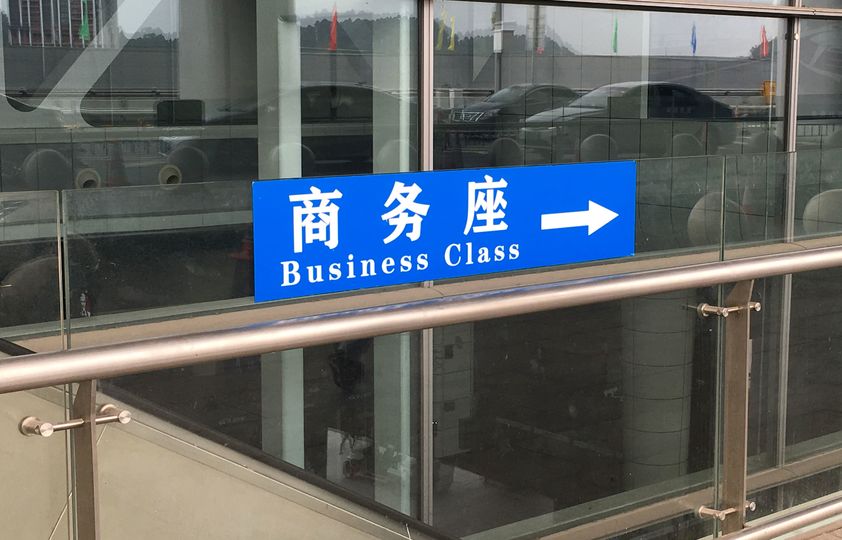


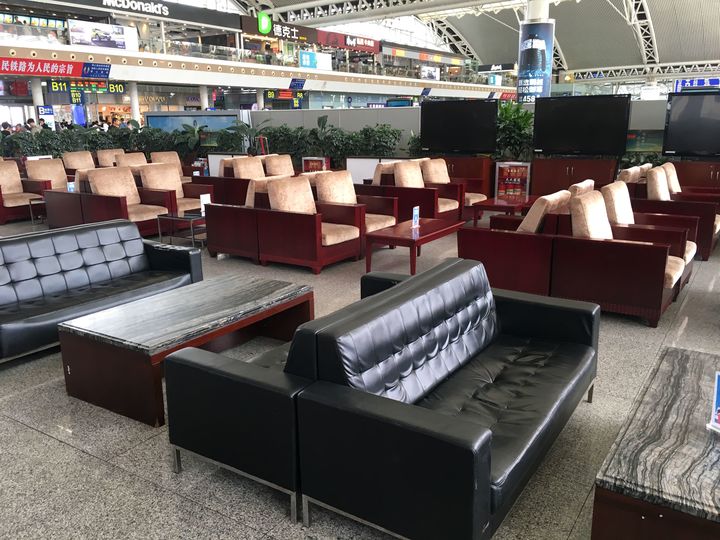







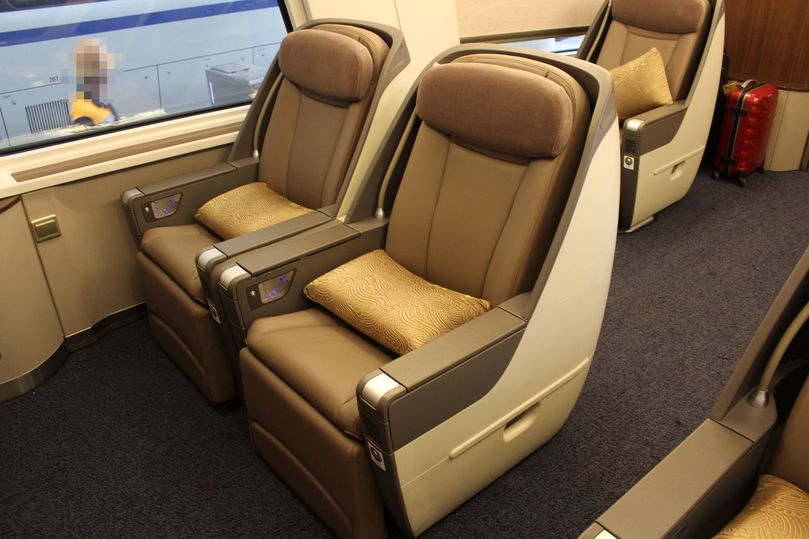
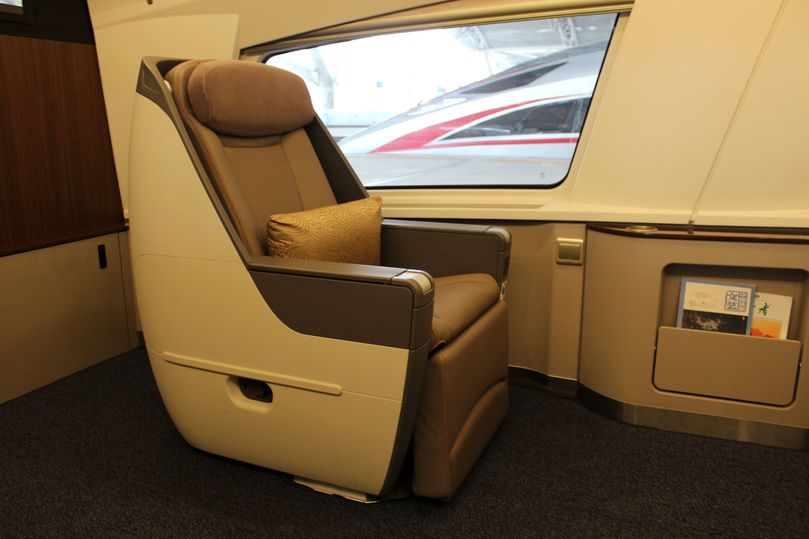
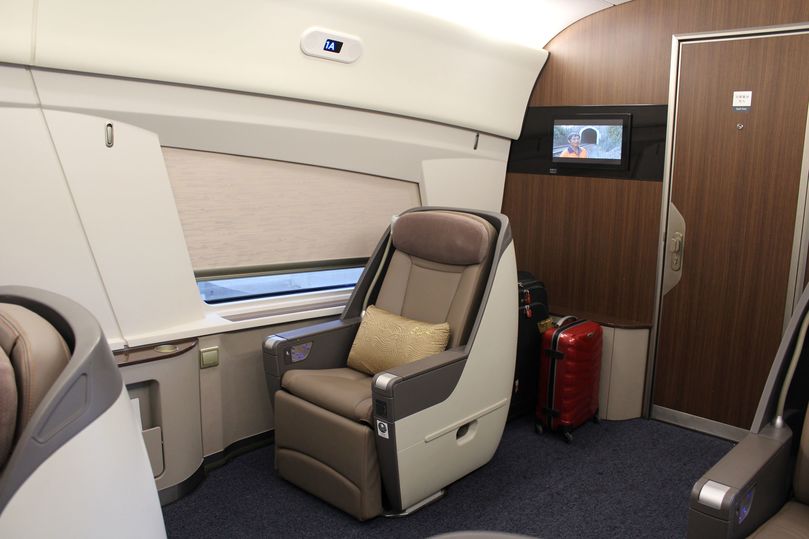
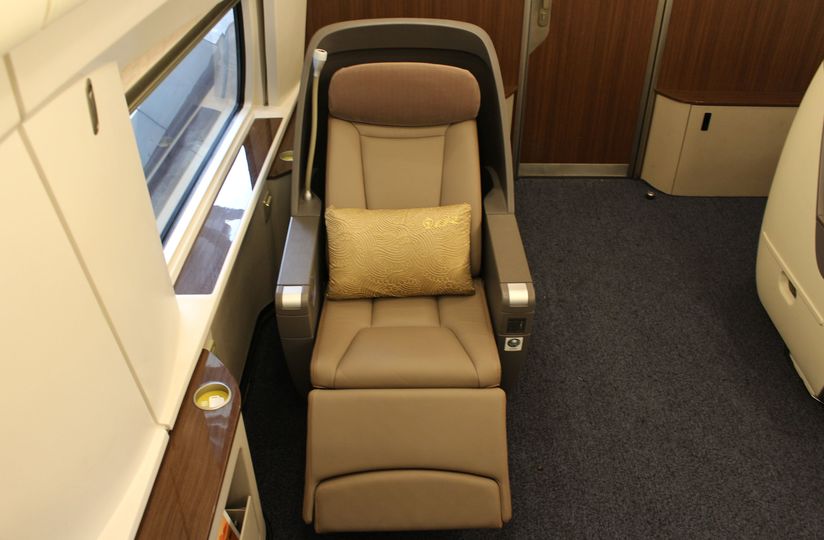









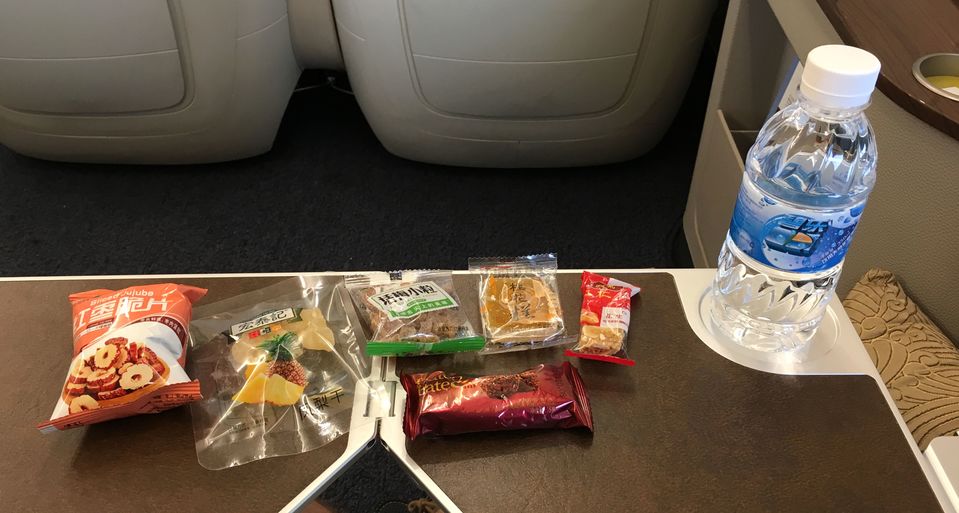

06 Jun 2017
Total posts 50
I take the 'normal' business class trains from Shanghai to Wuxi a few times a year and I've never even thought to look for a lounge! I'll have to check it out next time I'm over there!
Hi Guest, join in the discussion on Bullet train business class on the Hong Kong-Guangzhou high-speed line